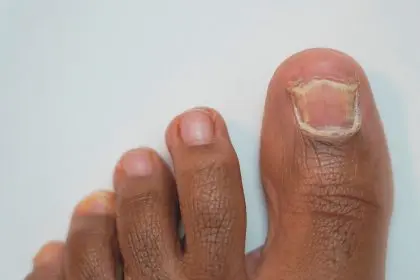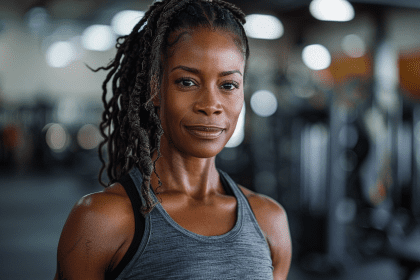
Traveling to Cuba is on my bucket list of places to see. It’s one of the reasons this writer was excited to review the Bob Yari-directed drama that highlights a friendship between an American reporter and his idol, Ernest Hemingway, a novelist who had a major impact on 20th century fiction. Papa: Hemingway in Cuba is the first look through a Hollywood lens on the once forbidden land since the 1959 revolution. While the revolution was a backdrop of the film, the relationship between the U.S. government and Cuban president Fulgencio Batista was quite influential and impactful on how the war correspondent and his idol strengthened their bond as the plot continued to build.
Papa is screenwriter Denne Bart Petitclerc’s biographical screenplay, chronicling his personal relationship with Hemingway. It was in development prior to Petitclerc’s death in 2006. Giovani Ribisi plays Ed Myers, Petitclerc’s cinematic alter ego.
The 59-year-old Ernest Hemingway (Adrian Sparks) fits the characterization of what one would imagine a reclusive author to be: temperamental, belligerent and a heavy drinker. Here lies the difference. While in Cuba, Hemingway enjoys the popularity and doesn’t shun fans when he makes public appearances. It actually validates him as becomes evident during the verbal assaults and tongue-lashings he gives his fourth wife.
Hemingway and Myers click because they both have a love for journalism and especially covering the war. A Miami news reporter, Myers is endearing toward him and, eventually, during his invitational visits, grows to love him like a father. It’s an affection he didn’t seem capable of having as a child who was abandoned by his father at a retail store during Christmastime, and later his mother. Hemingway’s relationship with his wife, Mary (Joely Richardson), illustrates what love and marriage look like for the orphan. From swimming in the buff and the affectionate, poetic dialogue to expressing vulnerability — for better and for worse — Myers is grateful for the experience. It’s the reason he finds his happy ending, despite Hemingway’s eventual demise.
“Cuba was the ideal and only location to make this film. After all, there is no better place to shoot a story of Hemingway’s life than in his home. We shot entirely at the actual locations, both exterior and interior,” Yari says. “We didn’t use any stages or studio-built sets.”
Cuba is beautiful. Hemingway’s estate, Finca La Vigia, which is a now a museum, is a must visit. This film gets one charged up for summer travel and more cinema of this sort.
Yari was determined to make Papa: Hemingway in Cuba his passion project; ultimately he would direct the film himself from the script exactly as written by Hemingway’s protégé, Petitclerc.
Yari noted, “Although only 90 miles from U.S. soil, just a short trip from the U.S., it was a rather long journey for us to get to shoot in Cuba.” A journey that would still be just a dream were it not for President Barack Obama lifting the decades-old trade embargo on Cuba, an economic sanction imposed in 1962.









